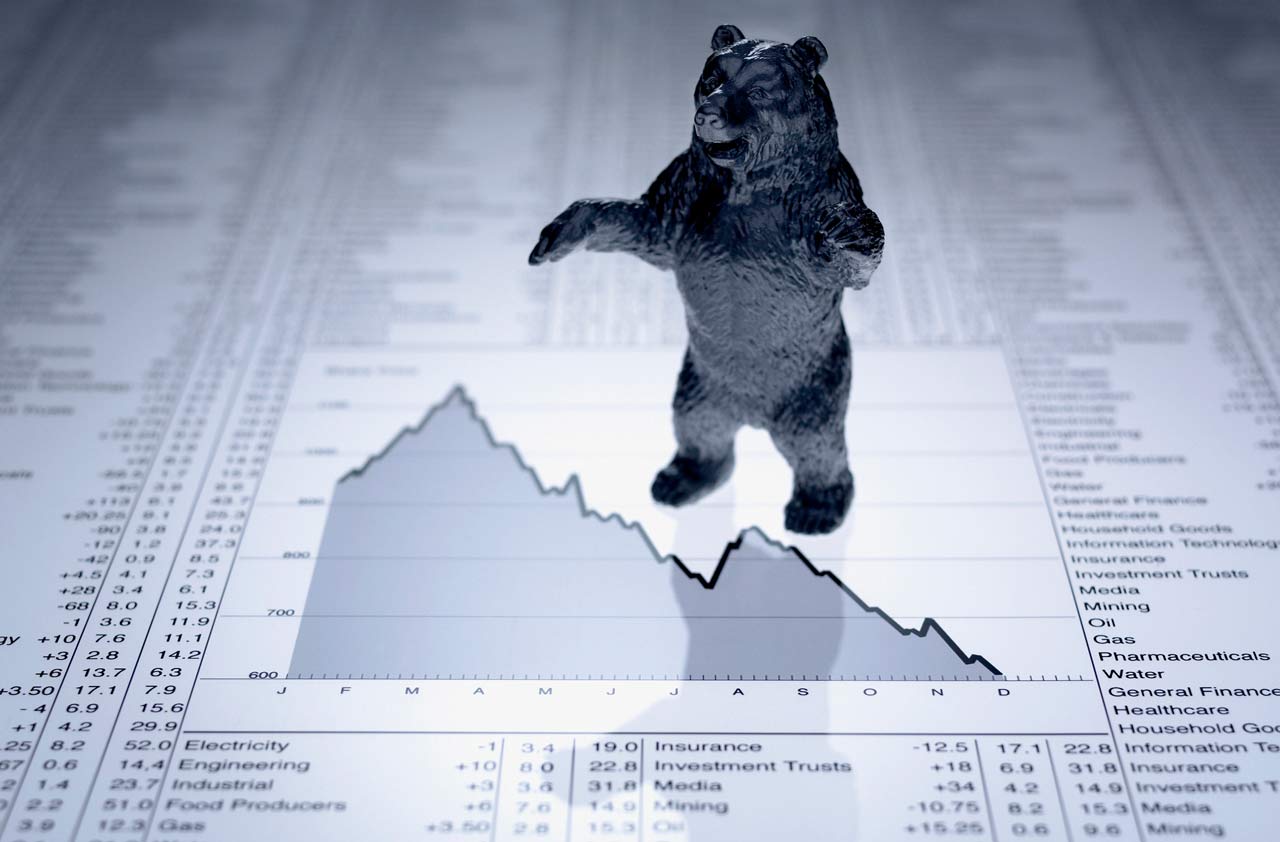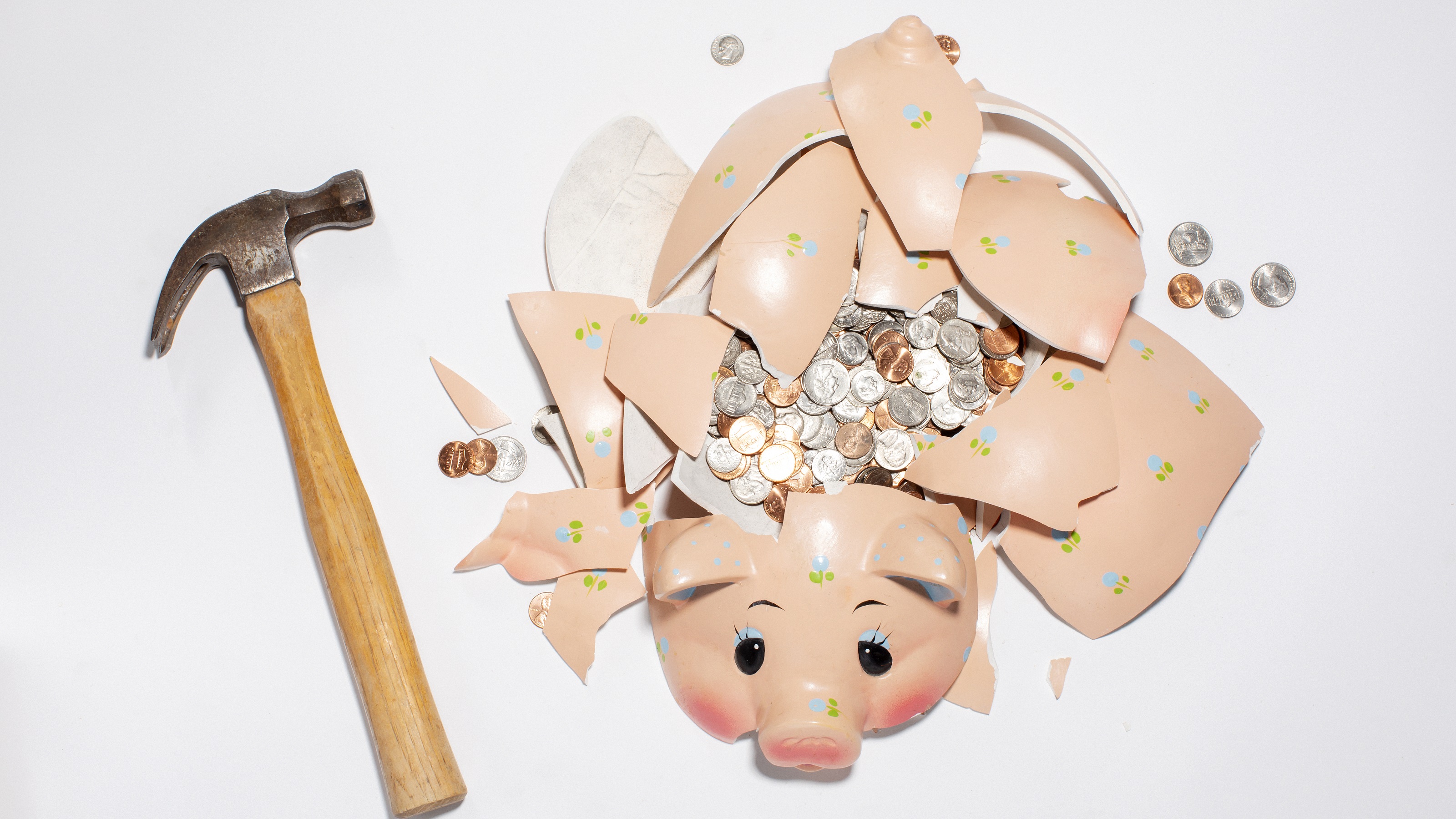Retirees Can't Afford to Underestimate Sequence of Return Risk
If the market tanks in the early years of your retirement, you could be in big trouble ... unless you're prepared.


Sequence of return risk, in my opinion, may be the biggest risk retirees face.
So, what is sequence of returns? It's the order in which you get the returns that your investments receive. Why is this so important? Before retirement, it doesn't matter what order your returns come in. The end result is the exact same number. But look at what happens when I take withdrawals from the accounts in the example below:
| Year | Fund A returns | Fund B returns |
|---|---|---|
| 1 | (-30%) | 25% |
| 2 | 5% | 12% |
| 3 | 12% | 5% |
| 4 | 25% | (-30%) |
Assuming I started with $1 million in each fund and a withdrawal of $60,000 per year, at the end of four years this is what my accounts would look like.

Sign up for Kiplinger’s Free E-Newsletters
Profit and prosper with the best of expert advice on investing, taxes, retirement, personal finance and more - straight to your e-mail.
Profit and prosper with the best of expert advice - straight to your e-mail.
| Fund A | Fund B |
|---|---|
| $720,000 | $831,768 |
The accounts both earned the exact same rates of return, and yet there is a $111,768 difference between them in only four years! Imagine going out 10 or 20 years.
You can see why I feel sequence of returns risk is one of the most important risks you face, and nobody even talks about it. I don't care nearly as much what return you get on your money in retirement; I care about the way you get it. A portfolio with a lower return can clearly leave you with more money if it is structured properly. This is the heart of income planning for retirees.
What You DON’T Want to Do
To put it simply, you do not want to lose money in your early retirement years. Losing money in the beginning of your retirement, when you are withdrawing money from your retirement plans, has the opposite effect of compound interest. Every withdrawal is compounded by the fact that the market is going down, causing you to spend down your retirement savings faster.
The reason advisers tell you to be more conservative in retirement is because you can't afford to lose money in the early years of retirement, or you might run out of money. In reality, however, this might be bad advice. Being very conservative when interest rates were 11% or when retirees lived to age 70 worked. Today, interest rates are not high enough to sustain most retirees, and many of them are living 30+ years in retirement.
An Easy Way to Avoid this Critical Risk
So, what is the solution? You need to mitigate sequence of return risk.
So how do we mitigate sequence of returns risk? One of the easiest ways is to remove money that you intend on spending in the first few years of retirement out of the stock market. If you don’t withdraw funds invested in the stock market when the market is down, then you avoid the negative compound interest effect in a declining market.
For those who are already retired, I like to keep five years or more of income safe from market declines. If you are still working, the number of years you plan on working until you retire can count toward the five years, since you may not start withdrawing until you actually retire. So, for example, if you are retiring in three years, then you need two years of retirement income out of the market.
For more conservative clients, you can keep up to 10 years of income protected. I wouldn’t suggest going beyond 10 years, though, because you want markets to help your portfolio over the long term. Keeping too much money out hinders the ability of the markets to help you.
If you can minimize the impact of early down-market years, you may greatly improve your chances of not outliving your savings. You may possibly even withdraw a larger percentage of your assets each year than what would normally be recommended. If it is done properly, you should also be able to increase your income with inflation.
Increasing retirement account withdrawal amounts, increasing withdrawals with inflation, and ensuring that your savings last as long as you do are the ultimate goals of retirement income planning.
Securities offered through Kestra Investment Services, LLC (Kestra IS), member FINRA/SIPC. Investment advisory services offered through Kestra Advisory Services, LLC (Kestra AS), an affiliate of Kestra IS. Reich Asset Management, LLC is not affiliated with Kestra IS or Kestra AS. The opinions expressed in this commentary are those of the author and may not necessarily reflect those held by Kestra Investment Services, LLC or Kestra Advisory Services, LLC. This is for general information only and is not intended to provide specific investment advice or recommendations for any individual. It is suggested that you consult your financial professional, attorney, or tax adviser with regard to your individual situation.
Get Kiplinger Today newsletter — free
Profit and prosper with the best of Kiplinger's advice on investing, taxes, retirement, personal finance and much more. Delivered daily. Enter your email in the box and click Sign Me Up.

T. Eric Reich, President of Reich Asset Management, LLC, is a Certified Financial Planner™ professional, holds his Certified Investment Management Analyst certification, and holds Chartered Life Underwriter® and Chartered Financial Consultant® designations.
-
 Is the Economy at Risk of a Recession Because of Tariffs? What the Experts Are Saying
Is the Economy at Risk of a Recession Because of Tariffs? What the Experts Are SayingWith the stock markets up and down and tariffs on and off everyone including retirees may wonder what it means for the economy. Here's what the experts think.
By Donna Fuscaldo Published
-
 Stock Market Today: Tariff Pause Triggers 3,000-Point Dow Rally
Stock Market Today: Tariff Pause Triggers 3,000-Point Dow RallyThe bond market is sending concerning signals as the Trump administration executes its rapid reordering of global trade relationships.
By David Dittman Published
-
 Stick to the Plan: Don't Panic During Economic Uncertainty
Stick to the Plan: Don't Panic During Economic UncertaintyTake a breath and step back. Focus on a solid fiscal foundation to stabilize your investments during stock market volatility.
By Eric Lahaie, CFS®, RICP® Published
-
 How Inflation Affects Your Finances and How to Stay Ahead
How Inflation Affects Your Finances and How to Stay AheadThe cost of goods and services is certain to rise over time, making it essential to have a financial plan that will help you keep pace.
By Kyle D. Sikes Published
-
 Now's a Great Time to Become a Financial Adviser: Here's Why
Now's a Great Time to Become a Financial Adviser: Here's WhyThere's a growing need for financial advisers. Why not take on a role that offers earning potential and work-life balance and helps change lives?
By John Roberts Published
-
 Little-Known Ways to Guard Your Retirement Income
Little-Known Ways to Guard Your Retirement IncomeIs your retirement income safe if stocks continue to plummet? Most retirees don't know these reliable options to limit their market exposure.
By Jacob Cornell Published
-
 Three Warning Signs Your Investments Are (Needlessly) Too Risky
Three Warning Signs Your Investments Are (Needlessly) Too RiskyAll investments come with risk, but the secret is to take only enough risk to get you to your specific savings goals — and no more than that.
By Eric Roberge, Certified Financial Planner (CFP) and Investment Adviser Published
-
 Reduce Your Retirement Tax Risk With the Three-Bucket Strategy
Reduce Your Retirement Tax Risk With the Three-Bucket StrategySplitting retirement funds into three buckets with distinct tax treatments can help you avoid a nasty tax bill down the line. Here's how the strategy works.
By Bryan S. Slovon, Investment Adviser Published
-
 Financial Fact vs Fiction: This Roth Conversion Myth Could Cost You
Financial Fact vs Fiction: This Roth Conversion Myth Could Cost YouWhile some 'golden rules' stay in style forever, the financial landscape is constantly evolving. Here are five common myths to revisit (with more on the way).
By Scott McClatchey, CFP® Published
-
 Give Now or Leave an Inheritance? How to Balance the Options
Give Now or Leave an Inheritance? How to Balance the OptionsYou've saved enough money for retirement. But can you afford to give some to family or good causes — and when is best? These are the key points to consider.
By Deana Healy, CFP® Published